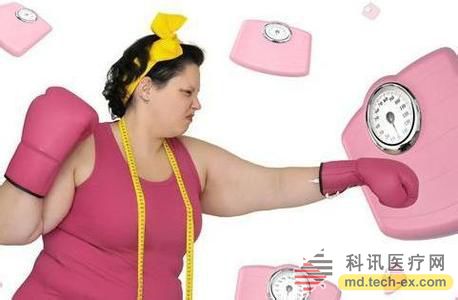Release date: 2015-09-10
The 23-year-old college student Xiao Wei is a sports athlete. He insists on training and gradually increases his physical activity every day. Who knows, his right lower extremity gradually swollen a week ago, his skin was purple-red, and his pain was unbearable. Through color Doppler ultrasound examination, the doctor found that he had a 40 cm thrombus from the femoral artery to the calf vein. If it was not removed in time, severe exercise would cause the thrombus to fall off, and the venous return to the lungs would cause pulmonary embolism, which would endanger life at any time. The doctor immediately performed a thrombectomy operation for Xiao Wei and timely controlled the condition.

How can the relationship between exercise and venous thrombosis be related? According to Zhang Yan, an associate professor of vascular surgery at the Fourth Affiliated Hospital of Harbin Medical University, this is because Xiaowei suddenly stopped after each strenuous exercise, and did not pay attention to relaxation exercises, muscle metabolites. Failure to resolve in time, causing inflammation and thrombosis. The scientific method of exercise should be to gradually relax after exercise, so that there is a process of buffering and sorting from movement to stop. Stretching slow motion and correct breath can gradually relax the tense muscles, let the rapid beating pulse gradually slow down and return to normal, and the elevated blood pressure will gradually drop to normal, thus reducing the chance of inflammation and preventing venous thrombosis. Formation.
Relaxation of the whole body includes relaxation of the upper limbs: standing, leaning forward on the upper limbs, repeatedly shaking the arms to the fever; relaxation of the lower limbs: supine, lifting legs, tapping, massaging, shaking inside the thigh, front and back, and back of the calf, and hip , abdomen, side waist; group body knees relaxation exercise: hands clasped knees, squat, bow, repeated up and down to the lumbar vertebrae fever; body rest exercise: standing, knees flexed, hands in front of the ground, full use of breath, Take a deep breath in the chest, breathe slowly and exhale in the abdomen. Repeat this several times, while the upper limbs are slowly raised and erect until the pulse returns to normal pulse before exercise.
There are three main factors in the formation of venous thrombosis: slow blood flow, damage to the vein wall, and hypercoagulability of the blood. In addition to athletes, varicose veins, hyperglycemia, hypertension, dyslipidemia and infection, as well as long-term sedentary long-term, pregnant women, etc., are high-risk groups of venous thrombosis. These people should actively prevent the formation of venous thrombosis. First, avoid sitting for a long time, sit or stand for a while, it is best to take a walk, let the muscles of the lower limbs contract and relax, and promote blood circulation. When you lie down or sit down, you can consciously raise your foot for a while to promote venous return. Second, people at high risk of venous thrombosis, including those who have been sitting for a long time due to work or living habits, such as surgeons, salespersons, drivers, and desk workers, are advised to wear elastic stockings to prevent venous thrombosis. Third, hyperglycemia, hypertension, dyslipidemia, and infection and cancer patients, under the guidance of a doctor, use some anticoagulant drugs.
Source: Health News
Urine Analyzer,Urine Analyzer For Lab,Lab Hospital Clinical Urine Analyzer,Urine Chemistry Analyzer
Guangdong Widinlsa International Co.Ltd , https://www.widinlsas.com